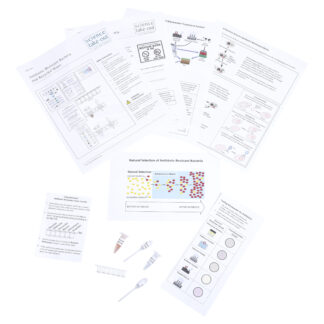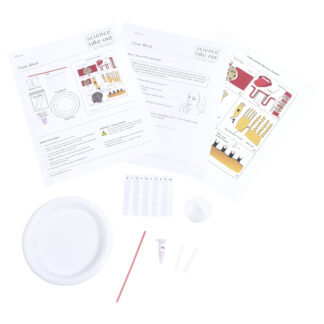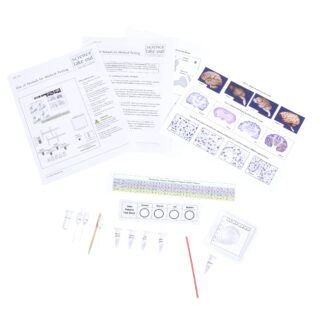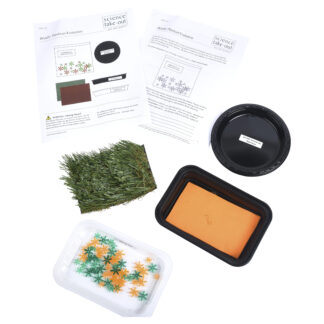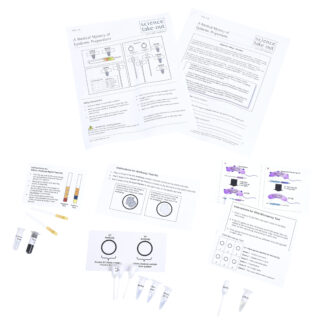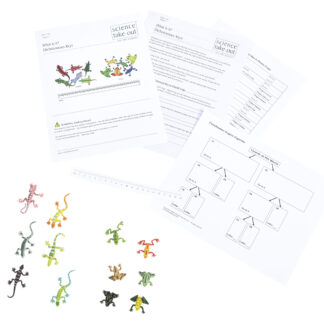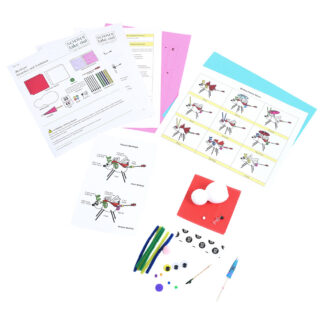About Evolution
Evolution, as it relates to biology, is all about studying changes in characteristics of certain populations over time – often generations. As time goes on, populations evolve through a multitude of genetic changes that correspond to changes in their observable traits. This is true of people, animals, and plants – pretty much any living thing that has genes. The main principles of evolution relate to the fact that, as a population grows, there are numerous differences that slowly appear in offspring. If these differences are beneficial, the offspring will likely survive and live to reproduce, creating offspring that have traits like them. If the differences are not beneficial, the offspring likely will not survive long enough to reproduce and will therefore not pass down their traits. The differences accumulate over generations, leading to changes in the population as a whole. These changes can lead to entirely new species or split a species into having more than one “version,” each with its own distinct characteristics and traits.
Evolution is used to understand life and it can be applied to many disciplines, including medicine, psychology, anthropology, agriculture, and even conservation biology. By studying evolution, we’ve learned more about how genetics are passed down, how new species originate, and how species adapt to their environment over time. By studying evolution, we have been able to learn more about the diverse life forms we see all over the world.
Evolution in the Classroom
Evolution can be a hard thing to study in the classroom, especially since it takes a lot of continual studying and years (or decades) of careful research. Sometimes, evolution is even studied after the organism is dead, creating a large gap that doesn’t allow for much real-time analysis. Thankfully, Science Take-Out makes it easy for students to engage in hands-on, minds-on learning with evolution workshops thanks to our comprehensive, classroom-friendly kits. Through the use of modeling and simulations, students are able to create representations of real-life phenomena to come to their own evolution conclusions. From studying genetics to simulating the evolution of bacteria, Science Take-Out allows students to have fun applying scientific principles. Science Take-Out’s evolution workshop kits are the easiest way to introduce high school, middle school, and even elementary students to new topics in a way that is safe, fun, and effective.
Almost all Science Take-Out kits correlate closely with various Next Generation Science Standards, allowing educators to be sure that they are delivering on science and engineering practices, disciplinary core ideas, and cross cutting concepts. With Science Take-Out evolution workshop kits, students are sure to improve their skills in analyzing and interpreting data and learn more about natural selection, adaptation, pattern recognition, and more.
